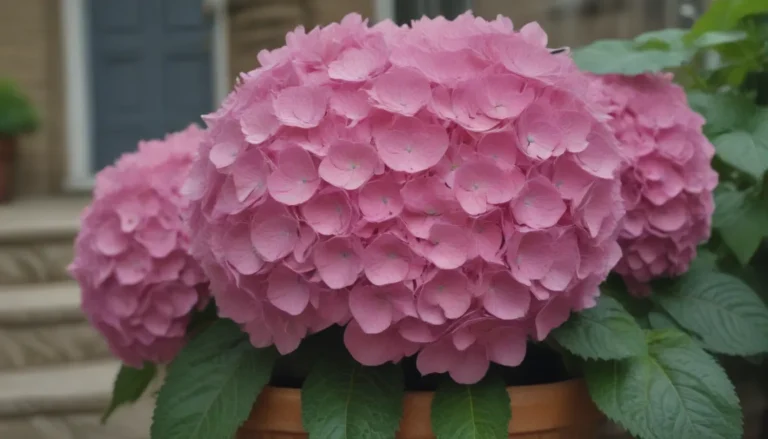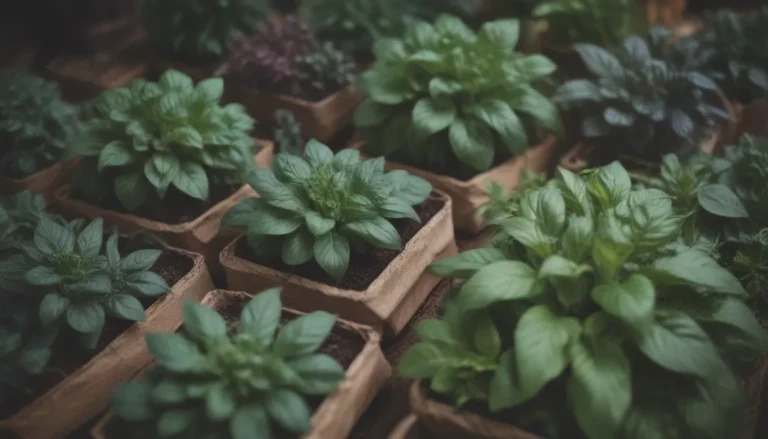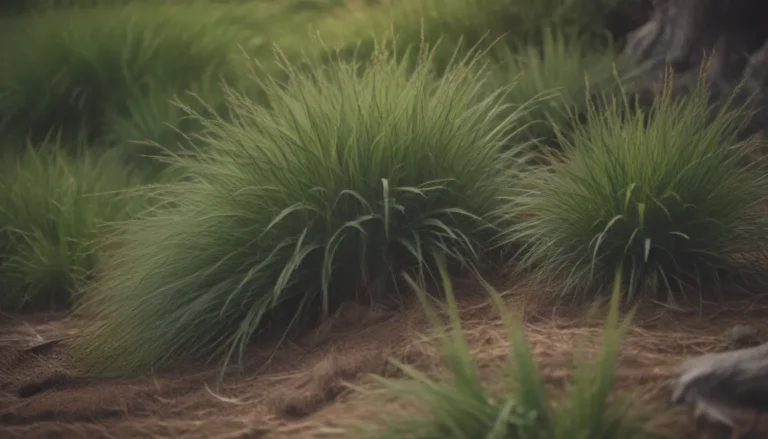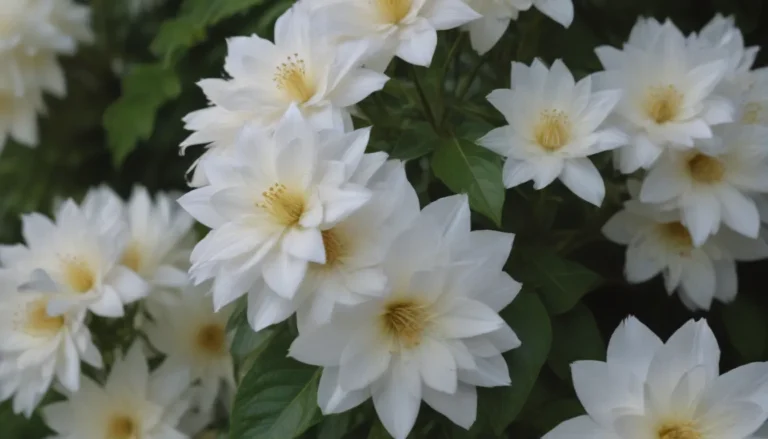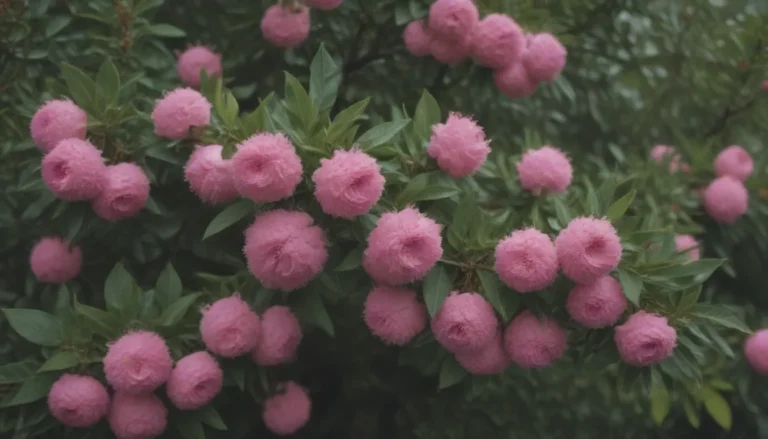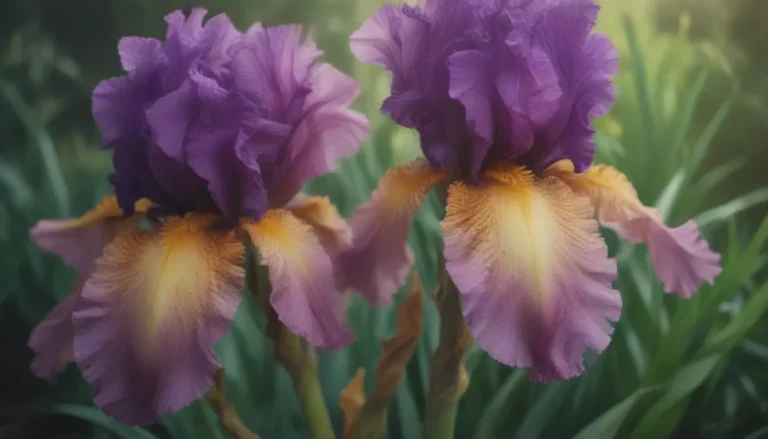How to Effectively Manage and Control Dallisgrass in Your Lawn
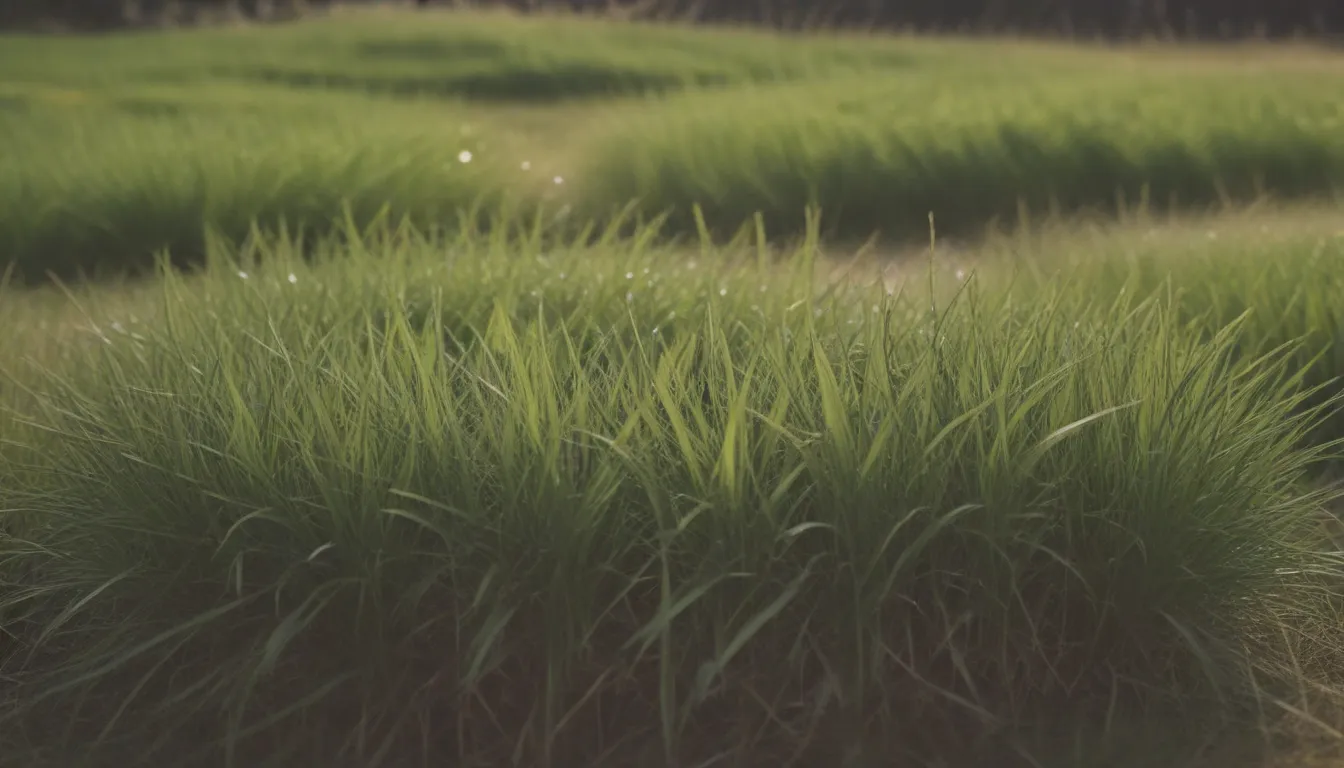
Dallisgrass, a pesky perennial weed, can be a real headache for homeowners looking to maintain a pristine lawn. This tough plant forms clumps and spreads rapidly via rhizomes, making it a persistent nuisance. Commonly found in the southern United States, dallisgrass can invade lawns, planting beds, roadsides, and farmlands, posing a challenge for even the most diligent gardeners. If you’re tired of battling dallisgrass in your lawn, fear not – we’ve got you covered with effective strategies to not only eradicate this weed but also prevent its unwelcome return.
Understanding Dallisgrass vs. Crabgrass
Before diving into control methods, it’s important to differentiate between dallisgrass and another common weed, crabgrass. While both can be unwelcome guests in your lawn, there are key distinctions to keep in mind:
- Dallisgrass tends to grow in clumps and has a coarse texture, making it visually unattractive.
- Crabgrass typically stays closer to the ground and has a different seed head appearance.
- Dallisgrass is a perennial weed, while crabgrass is an annual weed.
These differences are crucial in determining the most effective control methods for each type of weed.
Natural Ways to Control Dallisgrass
If you prefer to steer clear of chemical treatments, there are natural methods to help manage dallisgrass in your lawn:
1. Manual Removal
- Best suited for young plants, manual removal involves digging out dallisgrass before it has a chance to spread.
- Use a garden trowel to carefully extract the plants, taking care to remove as much of the root system as possible.
- Regularly inspect your lawn and promptly remove any emerging dallisgrass plants to prevent further growth.
2. Fill Bare Spots
- Avoid leaving bare spots in your lawn for extended periods, as this creates an ideal environment for weeds to take hold.
- Reseed bare patches promptly to promote healthy grass growth and suppress weed proliferation.
Chemical Treatment Options for Dallisgrass Control
For a more aggressive approach to dallisgrass eradication, chemical treatments can be highly effective. Here are some chemical control methods to consider:
1. Post-Emergent Herbicides
- Post-emergent herbicides are designed to target and eliminate existing dallisgrass plants in your lawn.
- While selective options are limited, spot treatments can help manage dallisgrass without harming surrounding grass.
- Manual removal remains a viable alternative for comprehensive dallisgrass control, especially in larger lawn areas.
2. Pre-Emergent Herbicides
- To prevent dallisgrass seeds from sprouting and establishing new plants, consider using a pre-emergent herbicide.
- By combining pre-emergent treatments with manual removal of existing dallisgrass, you can effectively reduce weed populations over time.
3. Selective Herbicides
- Selective herbicides target specific types of weeds while sparing desirable plants, making them a valuable tool in lawn care.
- Opt for herbicides that focus on broadleaf weeds to effectively combat dallisgrass without harming your lawn grass.
Additional Tips for Successful Dallisgrass Control
In addition to targeted control methods, adopting good lawn maintenance practices can help prevent dallisgrass from taking over your turf. Here are some additional tips to enhance your weed management efforts:
- Maintain a lawn fertilizing regimen: Provide your grass with essential nutrients to promote healthy growth and crowd out weeds like dallisgrass.
- Ensure sufficient irrigation: Proper watering is key to maintaining a robust lawn that can fend off invasive weeds.
- Keep your lawn dethatched: Regular dethatching helps improve air circulation and nutrient absorption, supporting overall lawn health.
Remember, prevention is key when it comes to dallisgrass control. By implementing these strategies and staying proactive in your lawn care routine, you can keep this troublesome weed at bay and enjoy a lush, weed-free lawn.
In conclusion, dallisgrass may be a persistent foe, but with the right approach and a bit of patience, you can effectively manage and control this weed in your lawn. Whether you opt for natural methods or chemical treatments, staying vigilant and proactive is key to maintaining a beautiful, weed-free lawn. Don’t let dallisgrass take over – take charge of your lawn care today!
